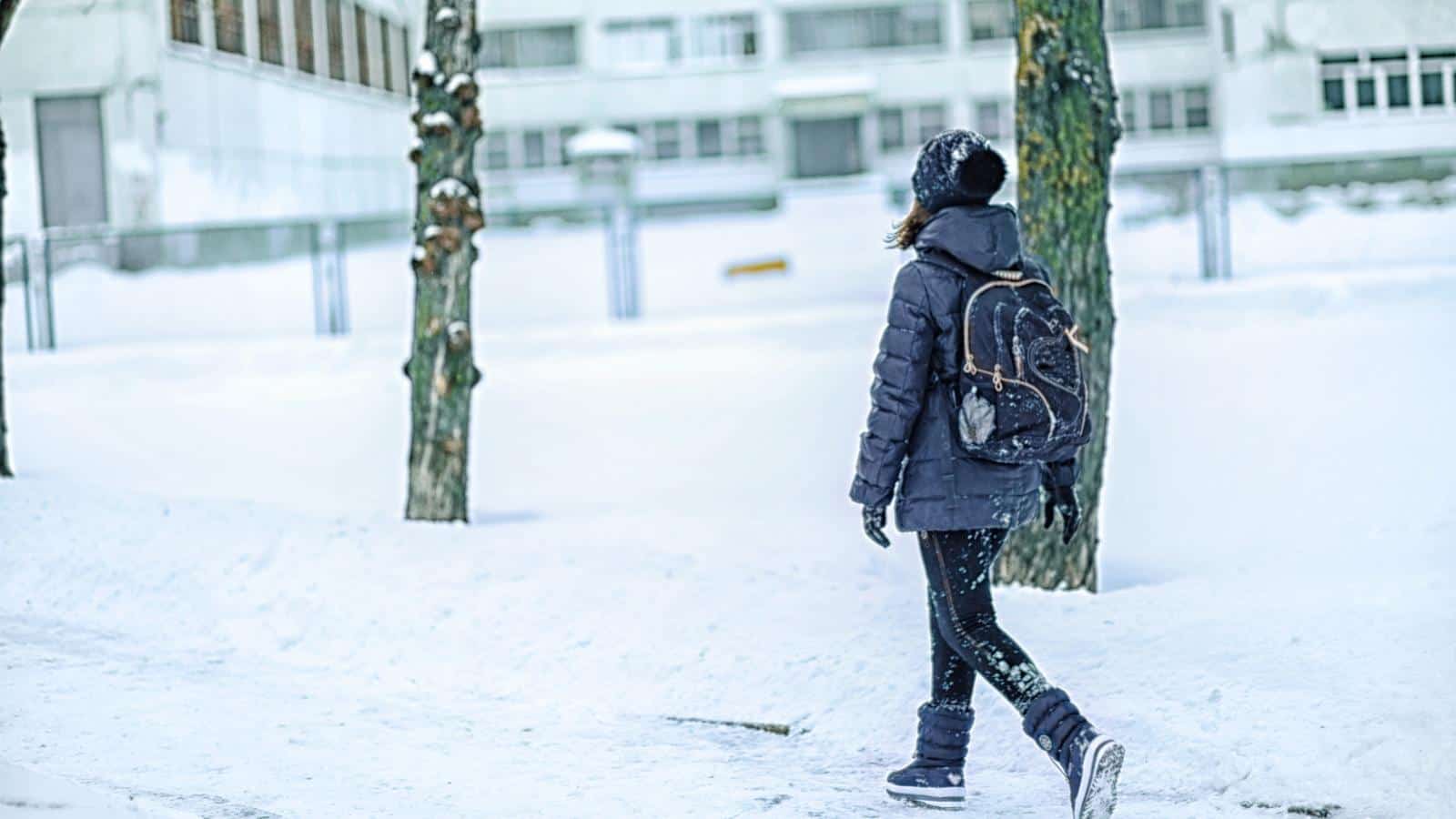If you’re looking to move to the northern part of the U.S, you might be surprised at just how many differences there can be in everyday life compared to the South. It’s important to be prepared, so we’ve listed 18 things that you should be aware of before moving to the North.
The Winters are Harsh
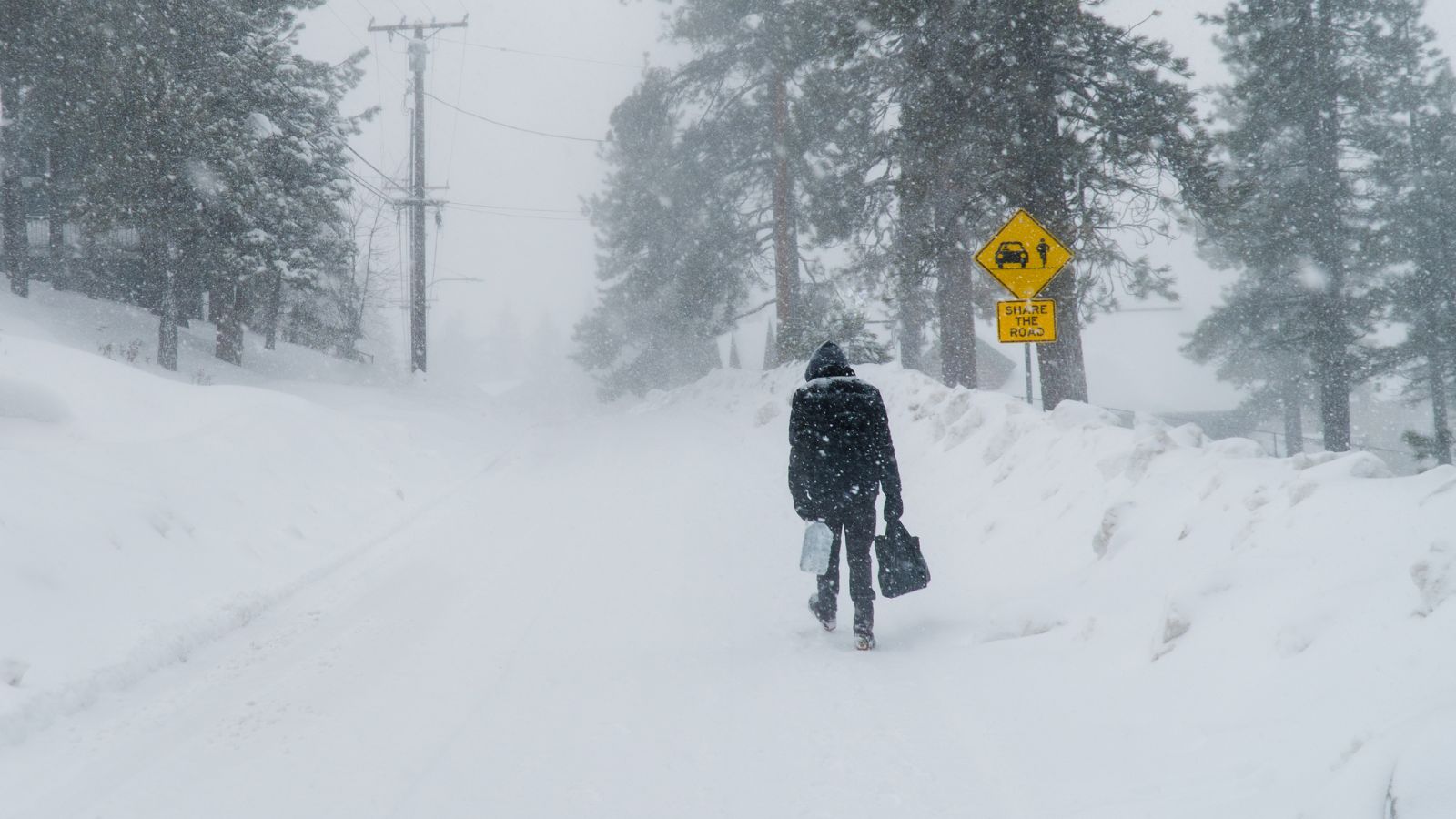
If you think you’re used to a cold winter, the North will have you reevaluating everything you thought you knew! When it snows, it really snows, meaning shoveling and winter tires are the very least you’ll need. From late October to early April, you’ll be exposed to temperatures well below freezing, too.
The High Cost of Living

Another thing they won’t tell you is just how expensive the cost of living can get, especially in urban areas, which have high rental costs or house prices. And as we just mentioned, those cold winters will see you paying extortionately for your heating bill!
The Risk of SAD (Seasonal Affective Disorder)

Due to the long winter months, many people living in the north can also suffer from SAD, which can last 4-5 months out of the year, according to the National Institute of Mental Health. Symptoms include mood swings, depression, and irritability.
The Diverse Cultural Experiences
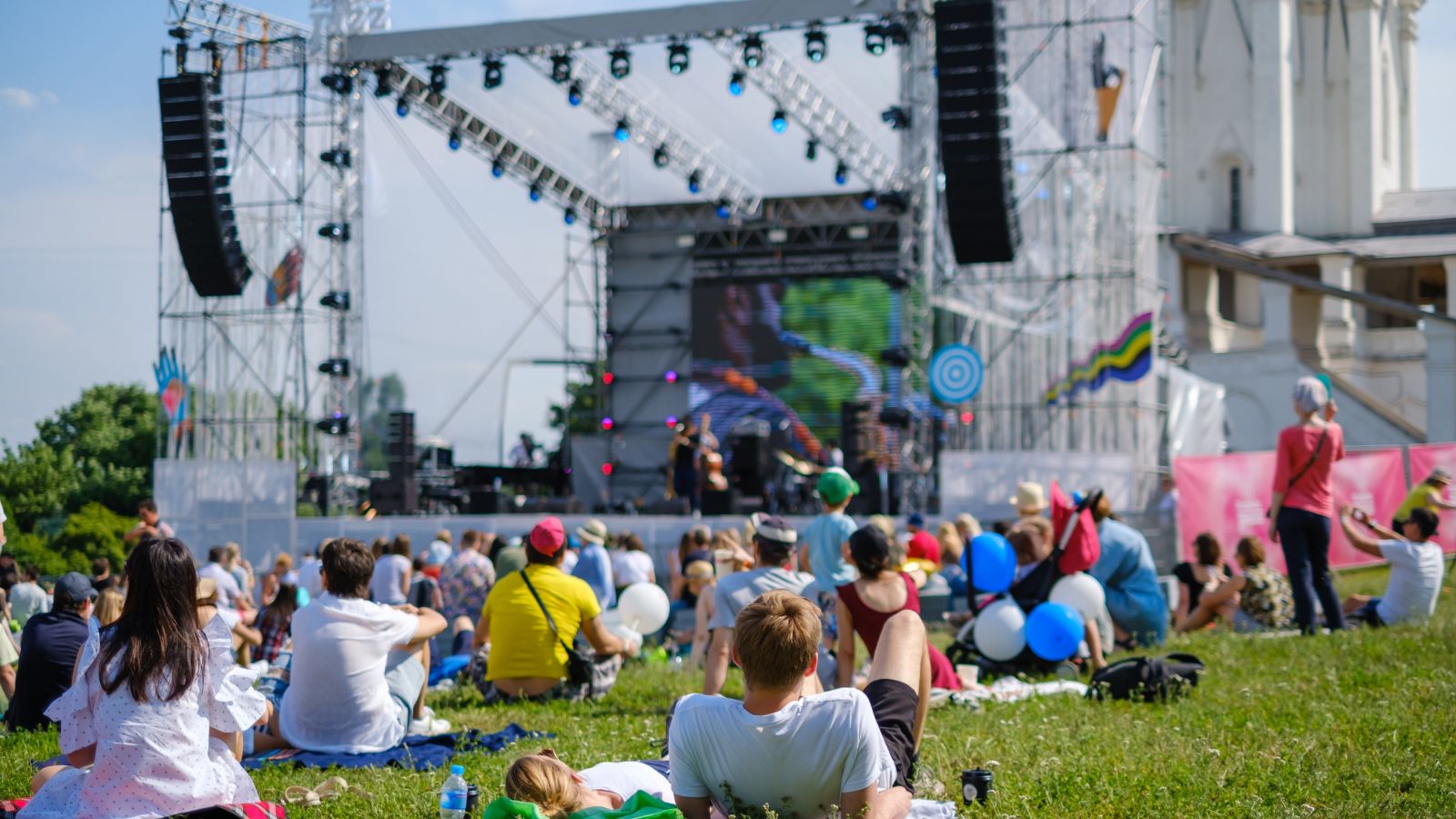
On a more positive note, many people won’t reveal just how exciting and diverse the North can really be, including influences from Indigenous, French, and English cultures. There are many festivals and local events in the northern U.S. to enjoy, as well as opportunities to learn new languages.
Encountering Wildlife in Suburban Areas

In some northern states, it’s normal to encounter wildlife on your street or even in your back garden! This can include tamer wildlife such as deer, but you may also encounter bears or moose. Moving to the North means you need to take precautions to avoid dangerous wildlife encounters.
There Are Vast Recreational Opportunities
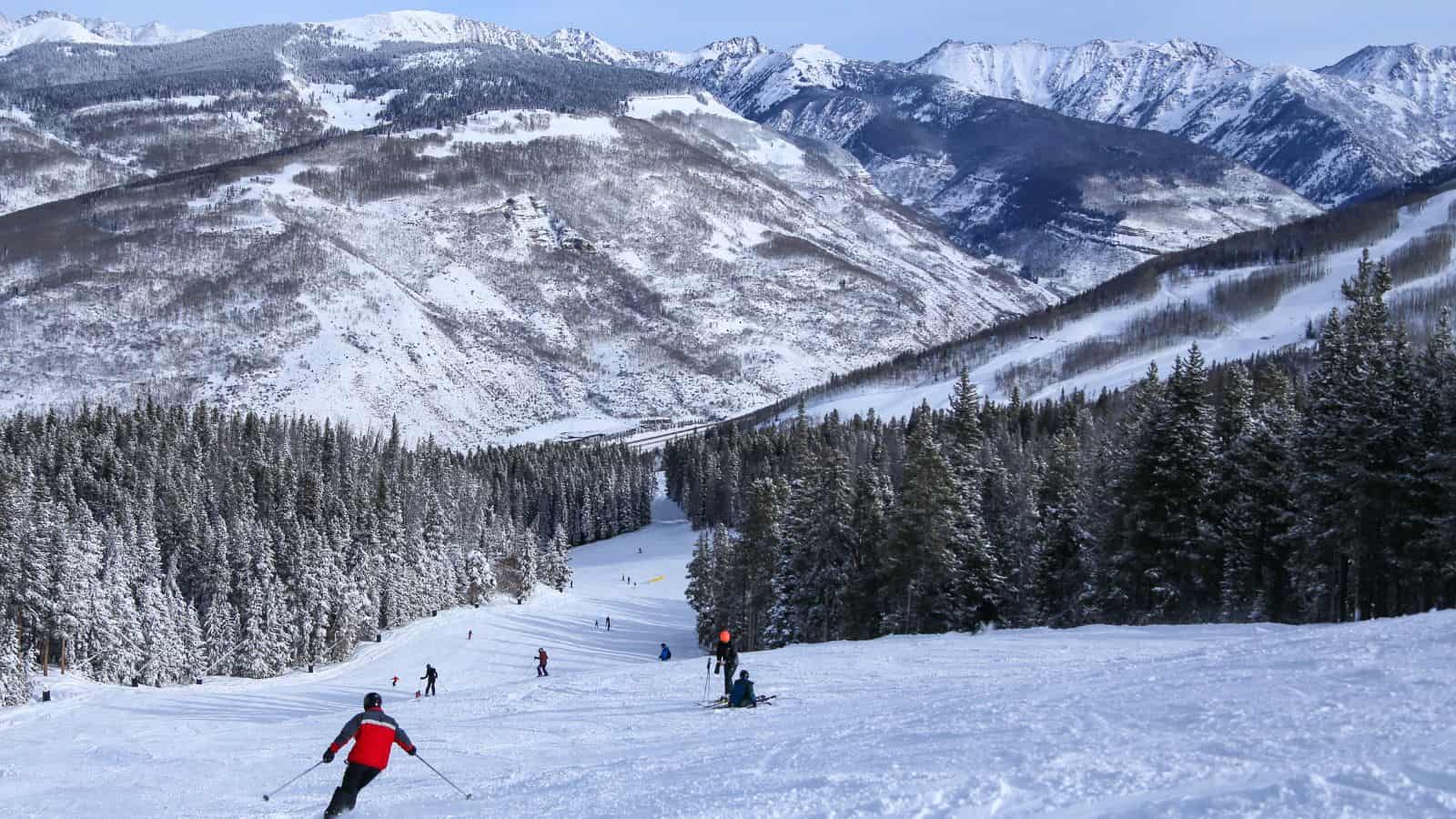
If you need to keep yourself busy avoiding wildlife, the good news is that there are plenty of recreational activities in the North. This includes an array of winter sports, such as skiing and snowboarding, or more rural activities, like hiking or taking in a spot of fishing.
The Varied Climate

Moving to the North U.S. requires preparation for a very varied climate, with extremely hot temperatures in the summer and freezing temperatures in the winter. Milder temperatures can be expected in spring and fall, but that doesn’t mean it’s consistent: changes can happen unexpectedly, so pack an adaptable wardrobe!
The Road Conditions
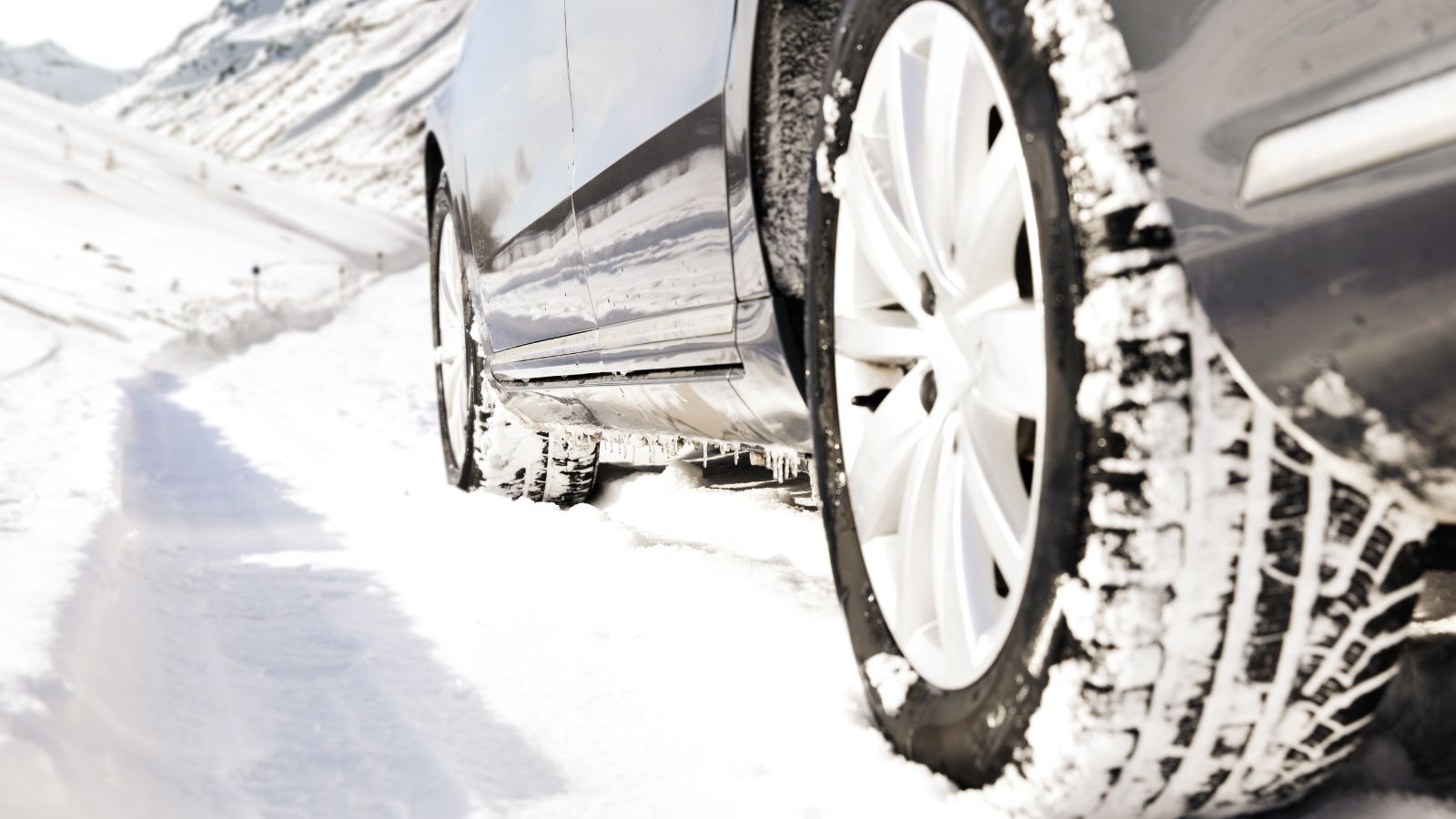
Another thing they might not tell you is the effects of the harsh northern weather on roads. Potholes and road wear are common issues. You’ll also have a significant challenge driving during the winter due to the ice and snow.
Traffic Build-up Can Mean Long Commutes

If you’re looking to move to one of the major cities in the north, then they’ll likely avoid telling you about the heavy traffic congestion during peak times. Unsurprisingly, that harsh northern weather can cause further disruptions and delays!
Limited Daylight in Winter
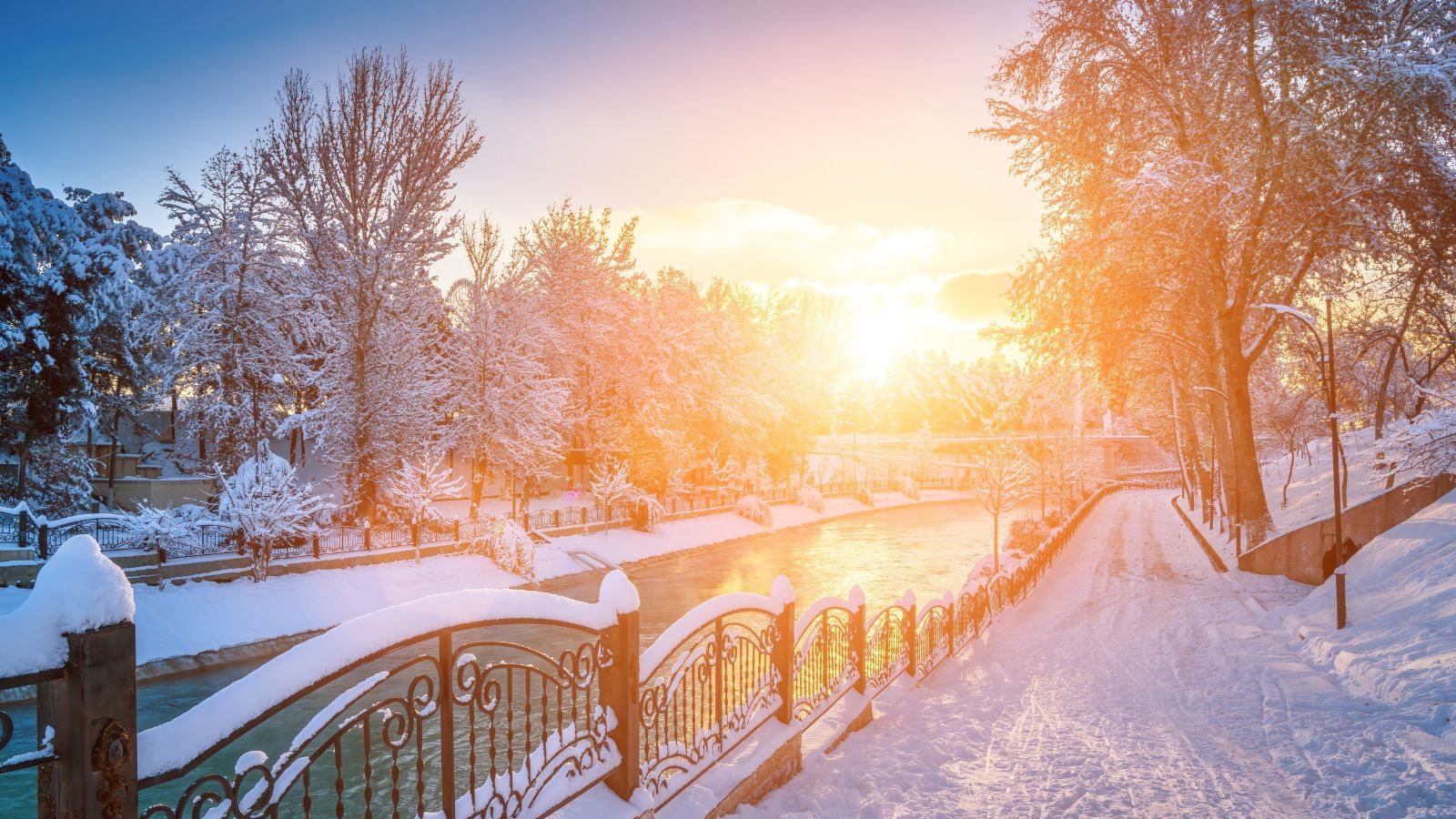
Studies have shown that people usually have higher serotonin levels – that feel-good hormone – on sunny days compared to cloudy ones, reveals Time Magazine. The darkness you can expect in the north will limit how much you can achieve in a day because of the short daylight hours and may also impact your normal good mood.
The High Taxes

Another thing you should know is that income taxes can actually be higher in the North compared to other regions, especially in the realm of property tax. You can also expect higher sales taxes to be added to everyday purchases—when the cost of living in the North is already high!
You Might Find it Difficult to Make Friends

If you’re considering relocating to the North in a bid to meet new people, you might want to rethink that. Residents in the North can often have established social circles and tight-knit communities, not to mention the high levels of diversity, which means that you could be faced with cultural barriers.
The Housing Market is Volatile

Whether you’re considering renting or purchasing property in the North, you should expect a market that fluctuates rapidly on both counts. Renting, in particular, is known to be expensive, which means finding affordable housing in the north can be challenging for many.
Be Prepared for Prolonged Cold and Flu Season

Due to cold temperatures in the north, cold and flu season will be more prevalent than in other regions of the country. Cases of the flu have actually been rising in northern states, says PBS, and you’ll also need to be prepared for the domino effect this has on healthcare.
More Rural Areas Won’t Have a Lot of Nightlife

An additional thing they might not tell you about moving to the north of the U.S., and in particular to a rural location, is the lack of dining and nightlife options. Smaller towns will often have very few social venues, so you’ll need to travel to larger cities if you want to stay social.
You Might Run into Infrastructure Issues
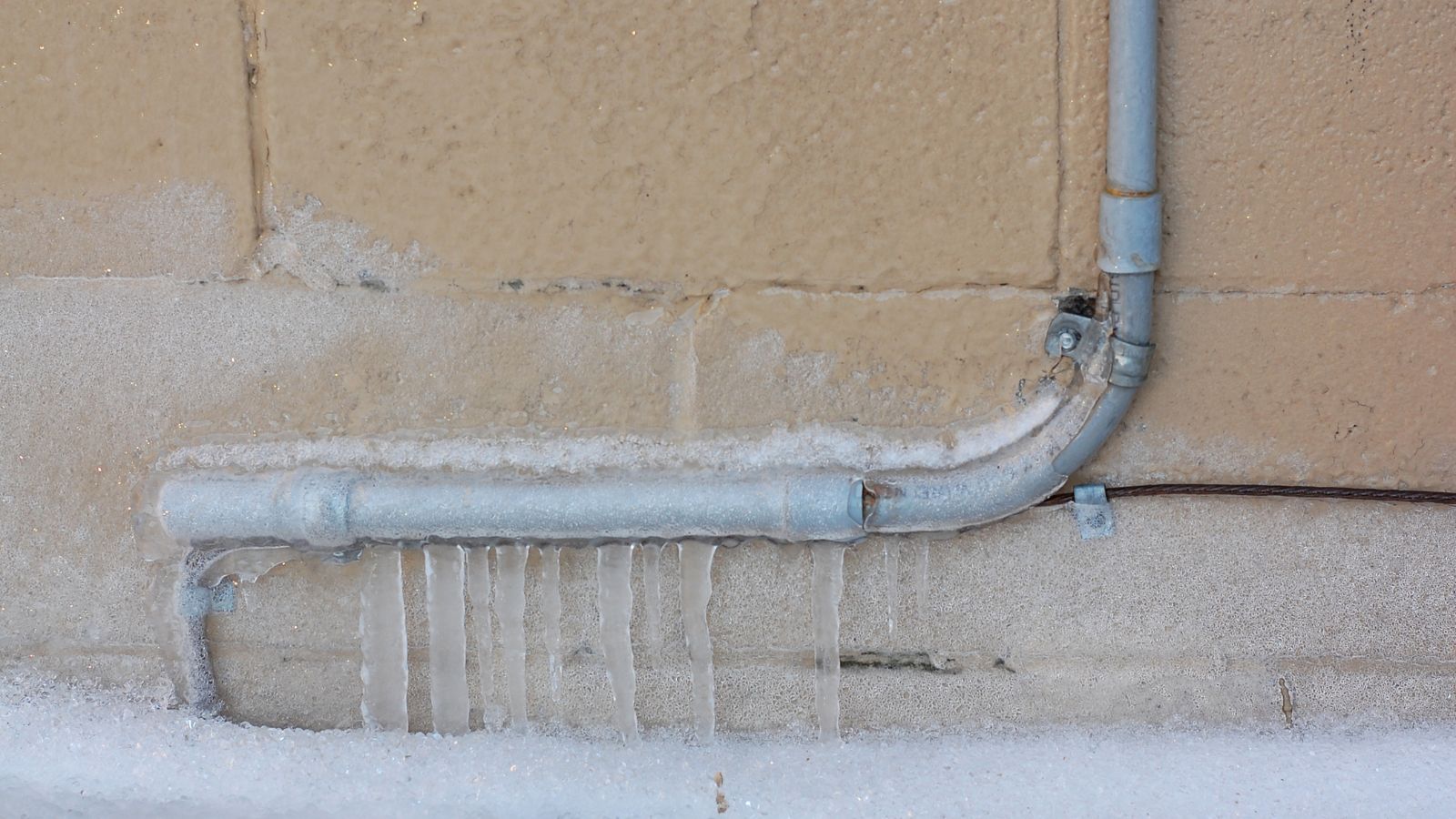
Infrastructure problems are common, especially in older cities in the North. This could mean basic amenities like water and a dependable sewage system are hard to come by. This also increases the likelihood of repair work being needed, so expect road closures!
There are Limited Career Options in Certain Fields

Another thing you should know is that if you’re hoping to bag a new career, you might be out of luck. Some industries don’t have a strong presence like they do elsewhere in the U.S., so options might be limited and competitive.
Pest Control

One last fact about the North you should definitely be prepared for is the pest potential: namely, rodents, which are driven indoors by the cold temperatures. Forbes also reveals that spiders and carpenter ants have emerged as the most common pests in the North. It helps to be forewarned!
Up Next: 17 Places in the U.S. Where Even Truck Drivers Won’t Stop

Truck drivers tend to be hardy souls—well-seasoned travelers who aren’t often afraid to rest up or refuel in risky locations. However, there are certain U.S. locations that even the most road-weary trucker refuses to stop at for fear of criminal activity or natural dangers. Here are 17 such locations that even experienced truck drivers approach with trepidation (or not at all).
17 PLACES IN THE U.S. WHERE EVEN TRUCK DRIVERS WON’T STOP
17 Things Guests Actually Notice Right Away About Your House

Inviting people into your home is a big deal. You may be very house-proud or house-conscious, and if you are either, you’ll likely get anxious about hosting. If this sounds like you, stop worrying and focus on the following 17 things that guests actually notice right away about your house.
17 THINGS GUESTS ACTUALLY NOTICE RIGHT AWAY ABOUT YOUR HOUSE
The 17 Unhappiest States in America

The US has hit an all-time low position in the World Happiness Index, tumbling to 23rd in 2024. However, it’s important to remember that location is an important factor; many US states are very happy, unlike the following 17 US states that appear to be the most unhappy.

